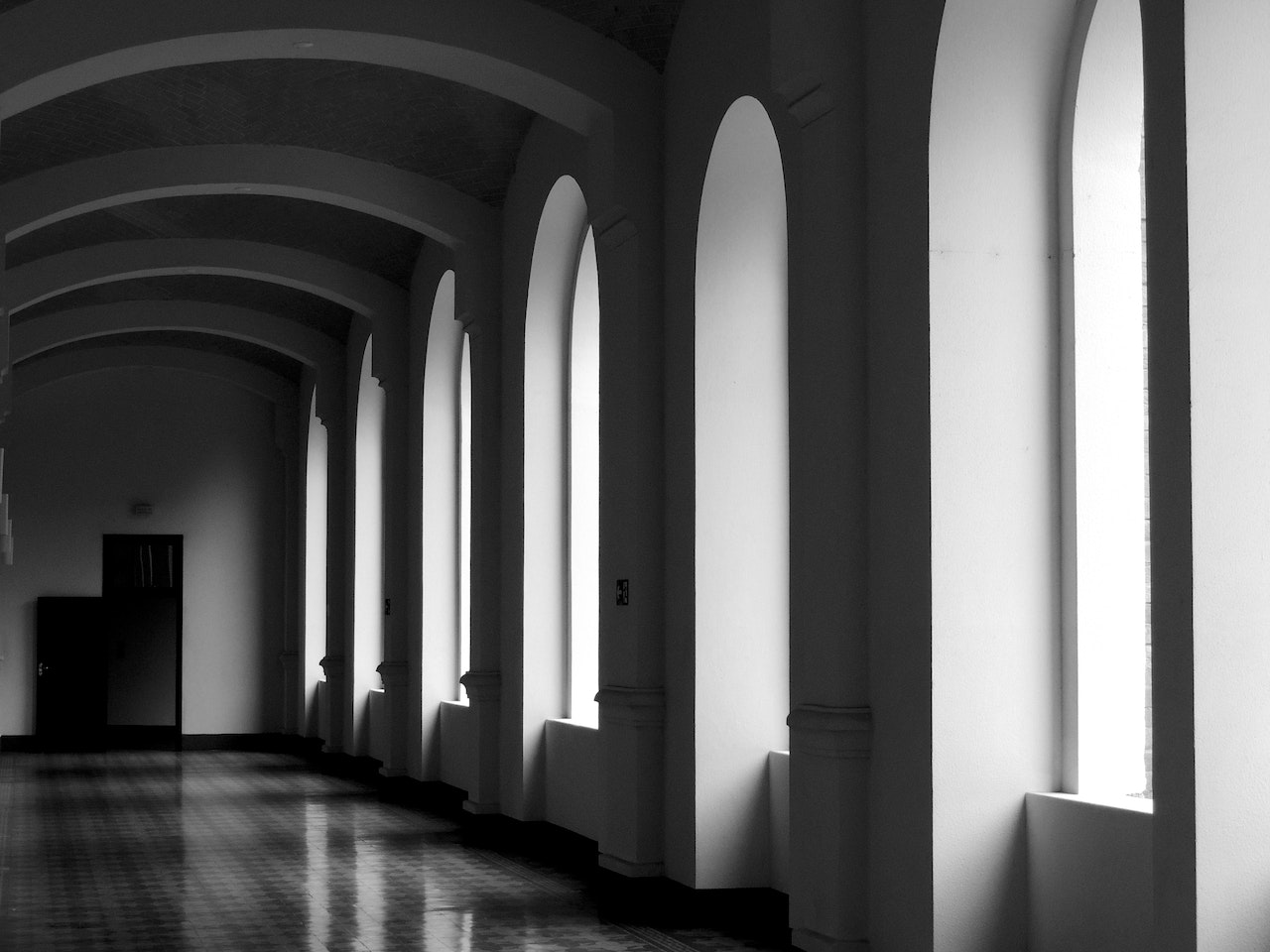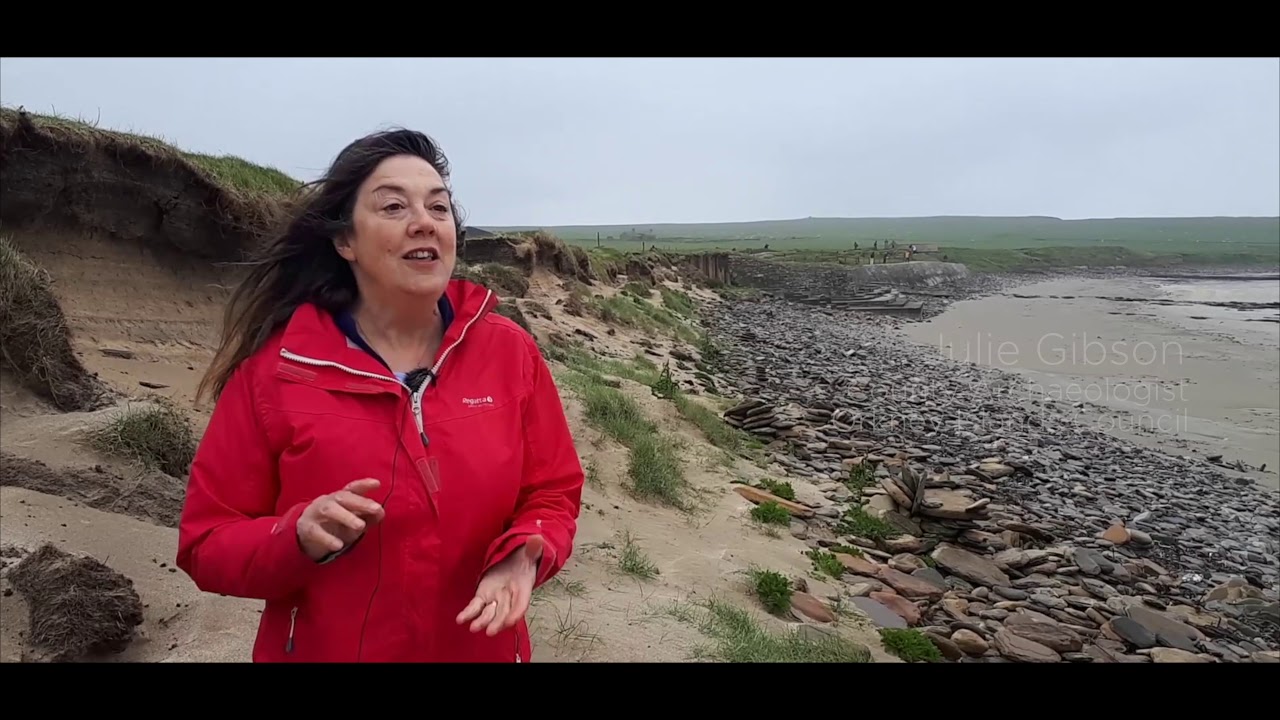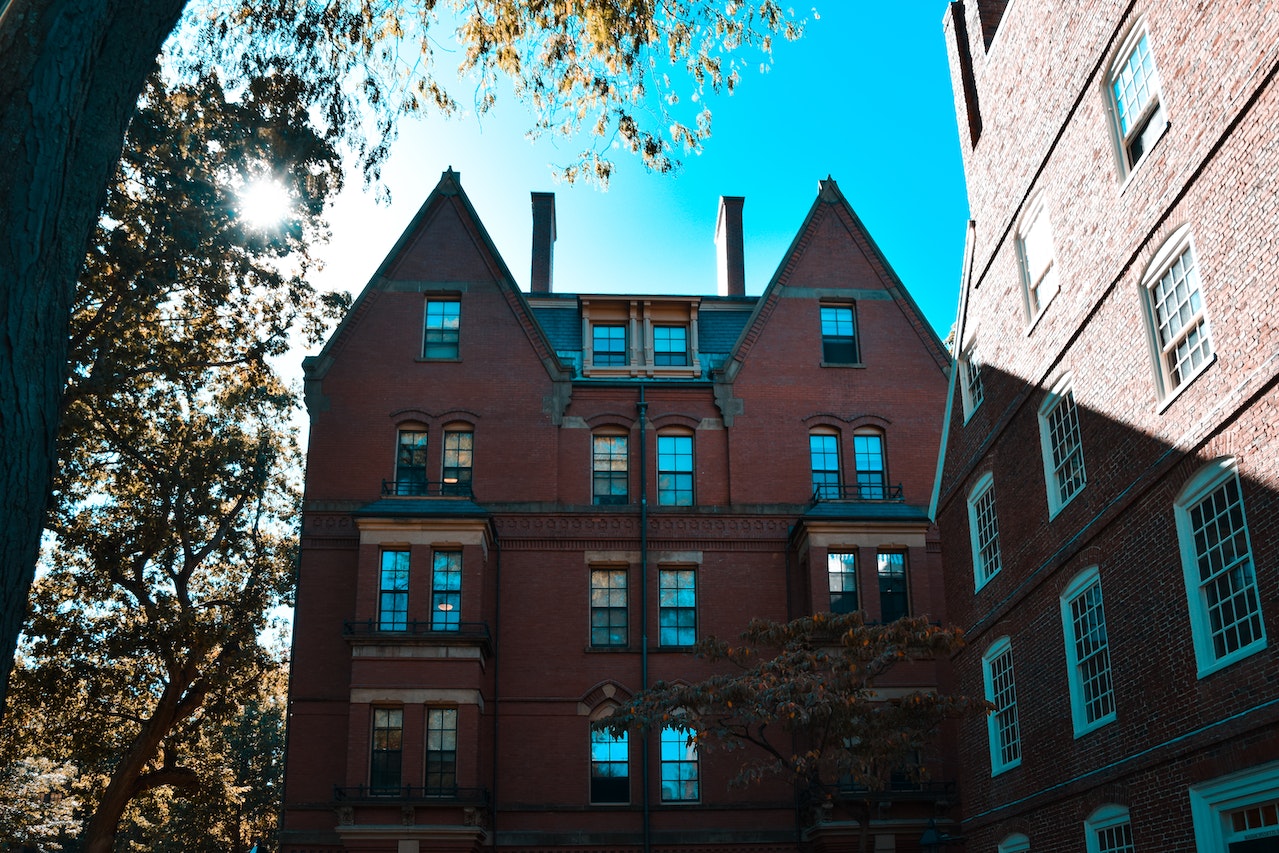The Impact Of Climate Change On Historic Preservation And Architectural Conservation - Protecting Our Cultural Heritage
The impact of climate change on historic preservation and architectural conservation is an urgent issue that is affecting the planet in various ways. One of the lesser-discussed impacts of climate change is on historic preservation and architectural conservation.
Author:George EvansMar 28, 2023289 Shares289.1K Views

The impact of climate change on historic preservation and architectural conservationis an urgent issue that is affecting the planet in various ways. One of the lesser-discussed impacts of climate change is on historic preservation and architectural conservation.
Many historic structures and buildings are at risk due to the effects of climate change, such as rising sea levels, extreme weather events, and increased temperatures.
In this essay, we will discuss the impact of climate change on historic preservation and architectural conservation, and explore some of the measures that can be taken to mitigate these effects.
Historic Preservation And Architectural Conservation
Historic preservation and architectural conservation are crucial aspects of maintaining our cultural heritage. They involve the preservation, restoration, and maintenance of historic buildings, structures, and sites.
These efforts help to protect the cultural and historical significance of these places, ensuring that they can be enjoyed and appreciated for generations to come.
- Extreme weather events- Climate change is causing more frequent and intense weather events such as storms, floods, and wildfires. These events can cause significant damage to historic structures and sites, including erosion, flooding, and fire damage. Even if the buildings survive the initial event, the damage can lead to long-term problems that can be difficult and expensive to repair.
- Rising sea levels- As sea levels rise, coastal cities and historic sites are increasingly at risk of flooding and erosion. Many historic buildings were constructed before sea level rise was a significant concern, and they may not be designed to withstand the increased risk of flooding and storm surges.
- Increased temperatures- Climate change is causing temperatures to rise, which can have a significant impact on historic buildings and sites. Higher temperatures can cause materials such as wood, stone, and metal to expand and contract, leading to cracking, warping, and other forms of damage. High temperatures can also increase the risk of wildfires, which can be devastating to historic buildings and sites.
- Increased humidity- Climate change can also lead to increased humidity, which can have a significant impact on historic buildings and sites. High humidity can cause materials such as wood and stone to deteriorate more quickly, and it can also lead to mold growth, which can be difficult and expensive to remove.
- Changing weather patterns- Climate change is causing changes in weather patterns, including more frequent and intense storms and droughts. These changes can have significant impacts on historic buildings and sites, including erosion, flooding, and water damage.
Mitigating The Impact Of Climate Change On Historic Preservation And Architectural Conservation
- Assessing risks- It is important to assess the risks that historic buildings and sites face due to climate change. This can include evaluating the risk of flooding, erosion, and other weather-related damage. By understanding these risks, measures can be taken to protect historic structures and sites.
- Implementing adaptive measures- Adaptive measures can help to protect historic structures and sites from the effects of climate change. This can include elevating buildings to protect against flooding, using more durable materials to withstand extreme weather events, and incorporating green infrastructure to absorb excess water and reduce the risk of flooding.
- Restoration and maintenance- Regular restoration and maintenance can help to protect historic structures and sites from the effects of climate change. This can include repairing damage caused by extreme weather events, addressing erosion, and using specialized coatings to protect against the effects of high humidity.
- Education and outreach- Education and outreach can also play a crucial role in protecting historic structures and sites from the effects of climate change. By raising awareness about the risks that climate change poses to historic buildings and sites, we can encourage individuals, organizations, and governments to take action to protect these important cultural assets.
- Sustainable design- Sustainable design can help to reduce the impact of climate change on historic structures and sites. This can include using renewable energy sources, implementing energy-efficient building practices, and incorporating green infrastructure to absorb excess water and reduce the risk of flooding.
- Monitoring and research- Monitoring and research can also play a crucial role in protecting historic structures and sites from the effects of climate change. By monitoring the impact of climate change on historic buildings and sites, we can identify new risks and develop more effective strategies for protecting these important cultural assets.
While the impact of climate change on historic preservation and architectural conservation is significant, some steps can be taken to mitigate these effects. Here are some of the measures that can be taken to protect historic buildings and sites from the effects of climate change.

Evaluating the impact of climate change on World Heritage sites
People Also Ask
What Are Some Adaptive Measures That Can Be Taken To Protect Historic Structures And Sites From The Effects Of Climate Change?
Adaptive measures can include elevating buildings to protect against flooding, using more durable materials to withstand extreme weather events, and incorporating green infrastructure to absorb excess water and reduce the risk of flooding.
How Can Sustainable Design Help To Reduce The Impact Of Climate Change On Historic Structures And Sites?
Sustainable design can help to reduce the impact of climate change on historic structures and sites by using renewable energy sources, implementing energy-efficient building practices, and incorporating green infrastructure to absorb excess water and reduce the risk of flooding.
What Is The Role Of Education And Outreach In Protecting Historic Structures And Sites From The Effects Of Climate Change?
Education and outreach can play a crucial role in protecting historic structures and sites from the effects of climate change by raising awareness about the risks and encouraging individuals, organizations, and governments to take action.
How Can Restoration And Maintenance Help To Protect Historic Structures And Sites From The Effects Of Climate Change?
Regular restoration and maintenance can help to protect historic structures and sites from the effects of climate change by repairing damage caused by extreme weather events, addressing erosion, and using specialized coatings to protect against the effects of high humidity.
What Is The Importance Of Monitoring And Research In Protecting Historic Structures And Sites From The Effects Of Climate Change?
Monitoring and research can play a crucial role in protecting historic structures and sites from the effects of climate change by identifying new risks and developing more effective strategies for protecting these important cultural assets.
Conclusion
Climate change is having a significant impact on historic preservation and architectural conservation. From extreme weather events to rising sea levels and increased temperatures, landmark buildings and sites face new and significant risks.
However, by taking proactive measures such as assessing risks, implementing adaptive measures, and engaging in regular restoration and maintenance, we can protect these important cultural assets for future generations.
Education, sustainable design, monitoring, and research can also play a crucial role in mitigating the impact of climate change on historic preservation and architectural conservation. By working together, we can ensure that our cultural heritage is protected and preserved for generations to come.

George Evans
Author
George Anderson, an exceptional architectural designer, envisions and brings to life structures that transcend the realm of imagination. With an unwavering passion for design and an innate eye for detail, George seamlessly blends form and function, creating immersive spaces that inspire awe.
Driven by a deep appreciation for the interplay of space, light, and materials, George's innovative approach redefines the possibilities of architectural design. His visionary compositions leave an indelible mark, evoking a sense of wonder and transforming the built environment.
George Anderson's transformative designs and unwavering dedication continue to shape the architectural landscape, pushing the boundaries of what is possible and inspiring generations to come.
Latest Articles
Popular Articles
